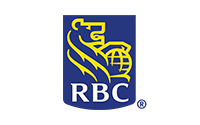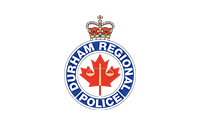
To cope with the new reality of constant and disruptive change, organizations are moving away from the traditional style of leadership (command and control) to one that is more collective and involves the manager providing more coaching and feedback. This is a fundamental shift for many leaders who were promoted based on their experience and knowledge and that it could be applied to situations in the future as well. Many employees looked to managers to provide all of the answers – a situation that is now impossible for any manager.

Coaching is no longer about providing information with someone who has less experience than you. It is also about unlocking people's potential by asking them thought-provoking questions to get them to learn for themselves. Leaders or managers must now create learning organizations in which people can seek feedback and learn from their mistakes. They must work collaboratively and build trust and engagement amongst their staff. To be effective, leaders must now provide frequent and ongoing feedback and coach both individuals and teams to enable them to become more productive and truly support the organization's goals.
Basic Steps for Leader Led Coaching:
- Assess the situation. Is both non-directive and directive coaching required? Can you share coaching at the moment and provide positive feedback?
- Listen. Actively listen to what people are sharing with you? Look at their non-verbal language. Summarize periodically to confirm understanding.
- Ask questions. Be curious – explore the situations and their perspectives by asking open-ended questions. A good one to start with is, "And what else" the "AWE" question by Michael Bungay Steiner.
- Explore options together to solve business issues. Make it "conversational" and non-directive where possible.












